Consider The Pulley System Shown In (figure 1)
Consider the pulley system shown in (figure 1). Consider the mechanical system shown in Figure 1. String is massless and inextensible. Consider the pulley to be ideal.
Consider the causal LTI system shown in Figure 1 where y n and x n denote its output and input sequences respectively. The pulley and the string are light and all the surfaces are frictionless. The rope and pulley have negligible mass and the pulley is frictionless.
A rope goes over a pulley. A mass m is hanging from the rope. Determine the magnitude of the force P required to hold the 260-kg crate in equilibrium.
Figure 1 of 1 BD C B A Part A Determine the magnitude of the force P required to hold the 150-lb weight in equilibrium. Choose the correct alternatives. Consider the mass-pulley system shown in thefigure.
Express your answer to three significant figures and include the appropriate units. Consider the situation shown in figure 5-E14. Determine the impulse response of this system.
The pulley with polar moment of inertia J mass m_1 and radius r is free to rotate about its fixed center. Assume rope is inextensible massless and there is no slip between pulley and rope. Assume that the mass and friction of the pulley are negligible.
The blocks are released from rest. Consider the system shown in the figure.
The string has a mass density of ρ 55 gm which is much smaller than either of the hanging masses and there is no friction in the pulleys.
Find acceleration of the system a tensions T 1 a n d T 2. The pulley and the string are light and all the surfaces are frictionless. Consider the system shown in the figure. The strings are light and inextensible. Consider the situation shown in figure 5-E14. String is massless and inextensible. What are the tensions in all. What is the acceleration of this system. The coefficient of kinetic friction between the 800-kg block and the tabletop is m_k25.
Assume that the mass and friction of the pulley are negligible. Choose the correct alternatives. Consider the mass-pulley system shown in thefigure. Assume rope is inextensible massless and there is no slip between pulley and rope. The pulley and the string are light and all the surfaces are frictionless. Advanced Physics questions and answers. The tension in the string.
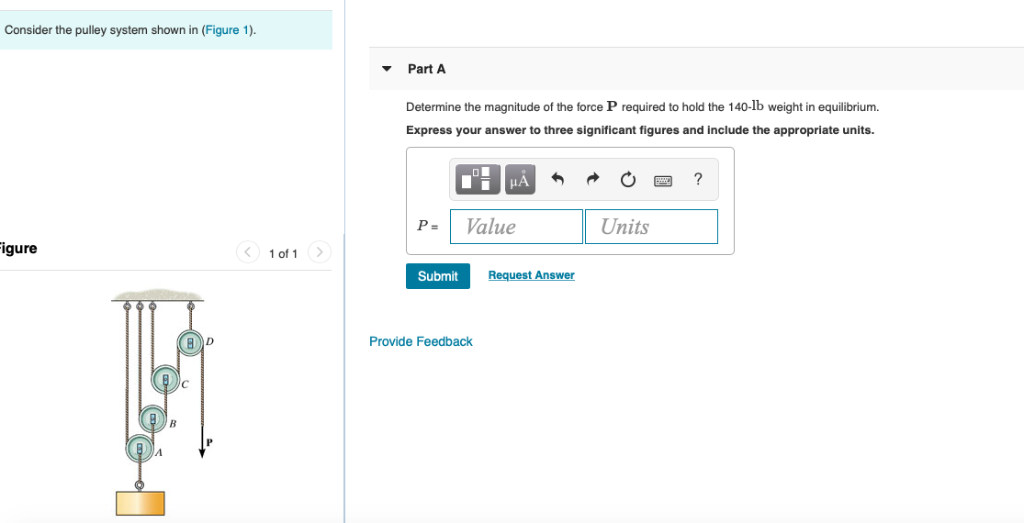
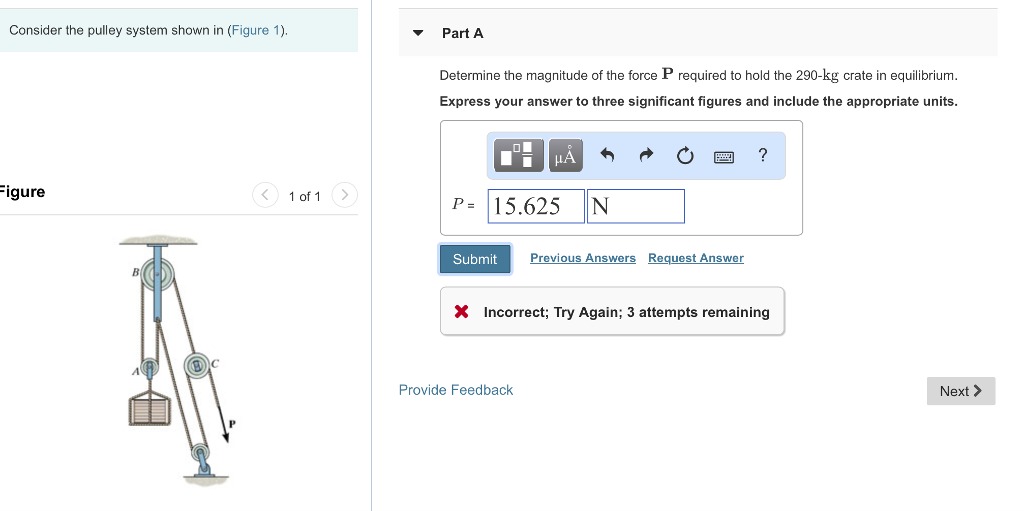
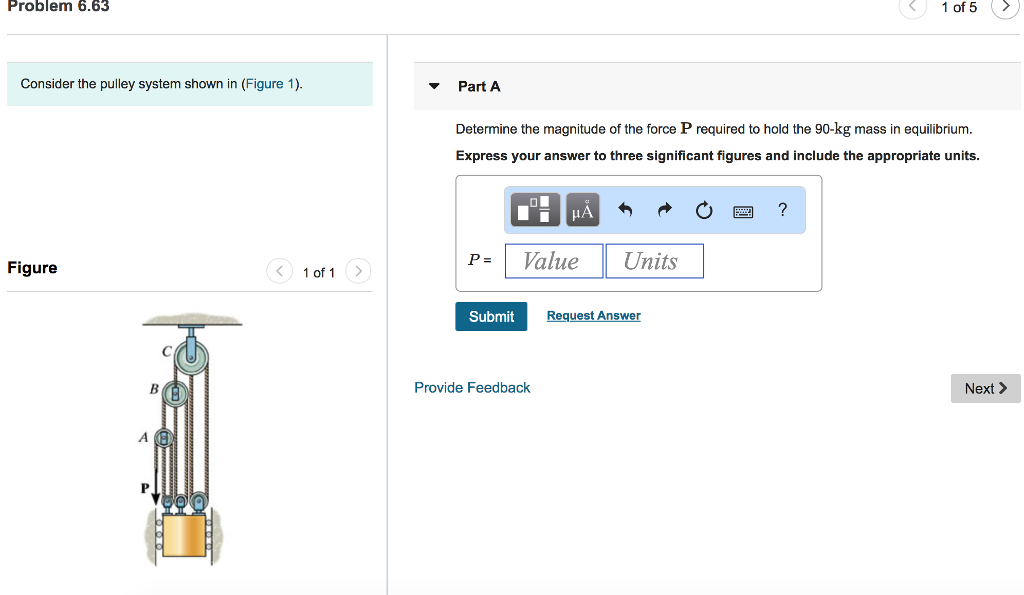

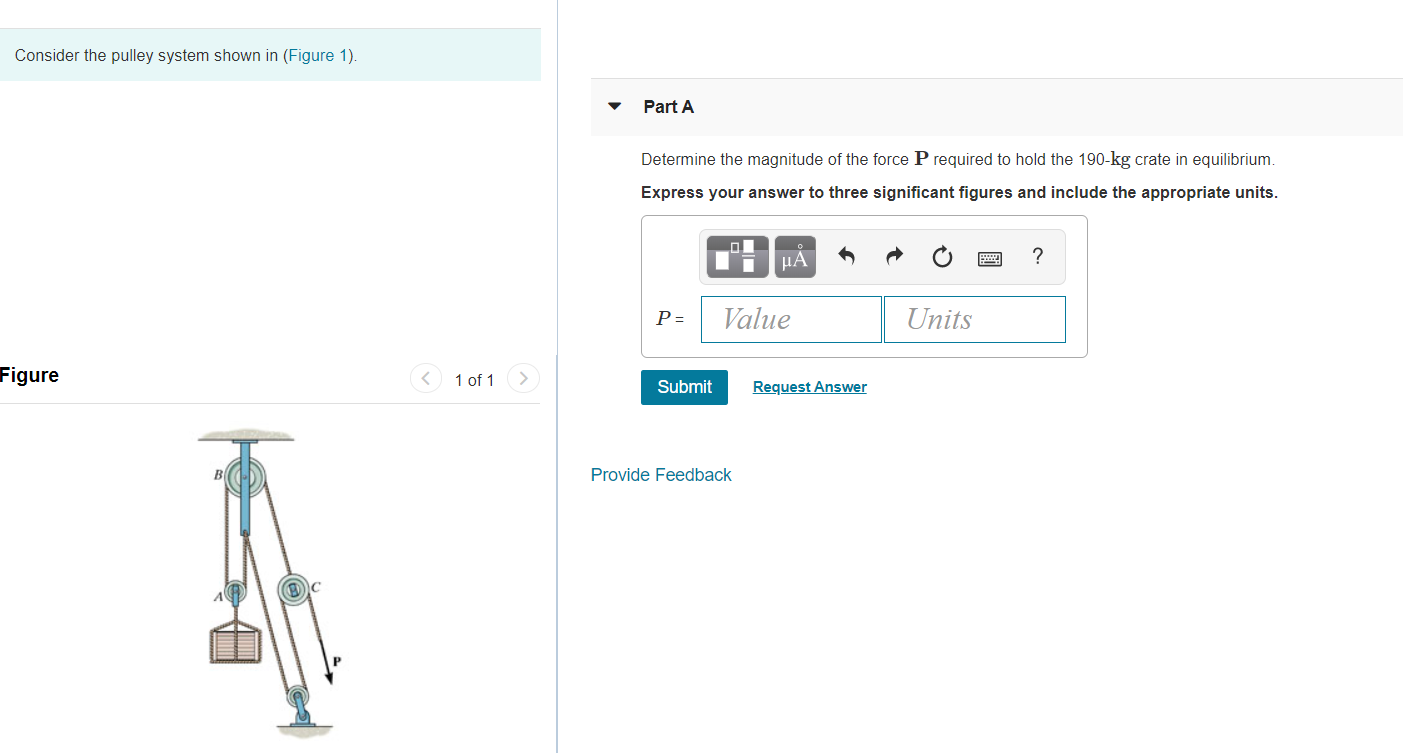


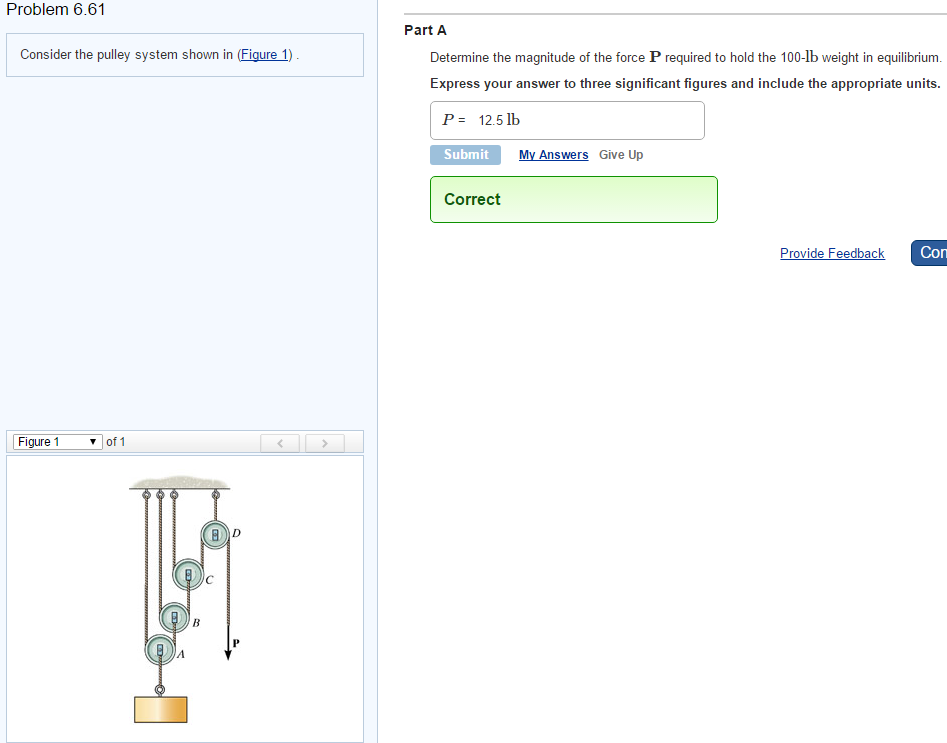
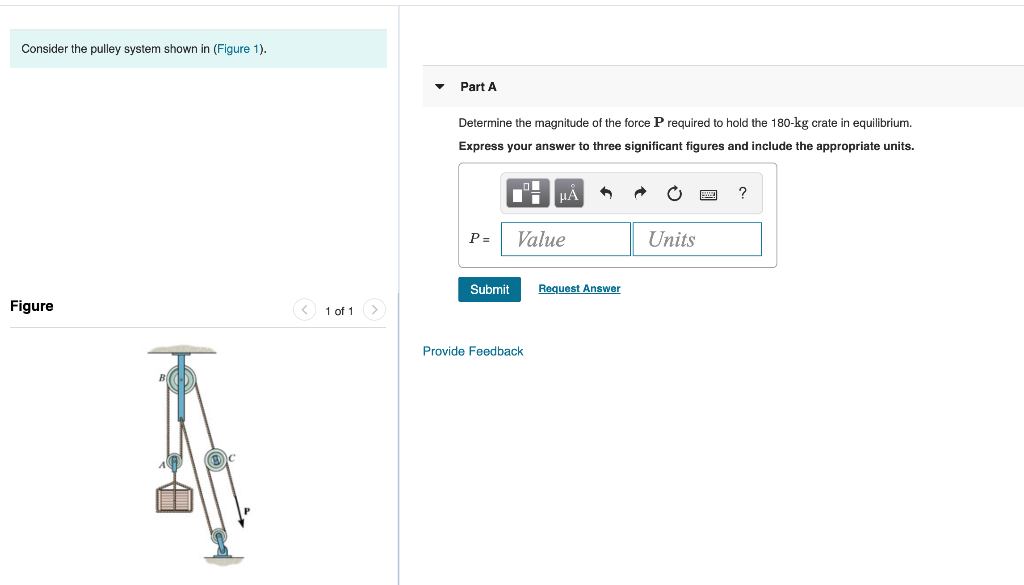

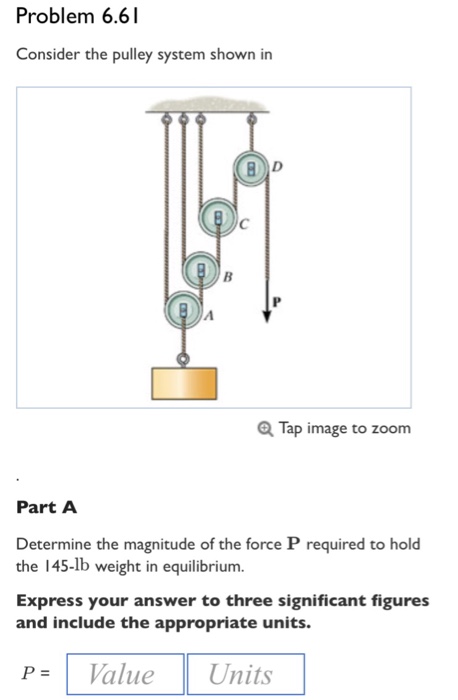
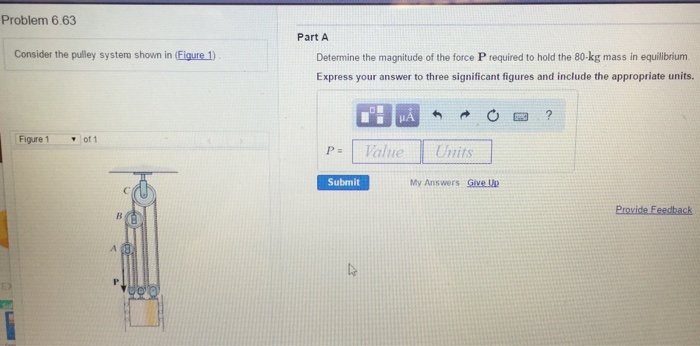
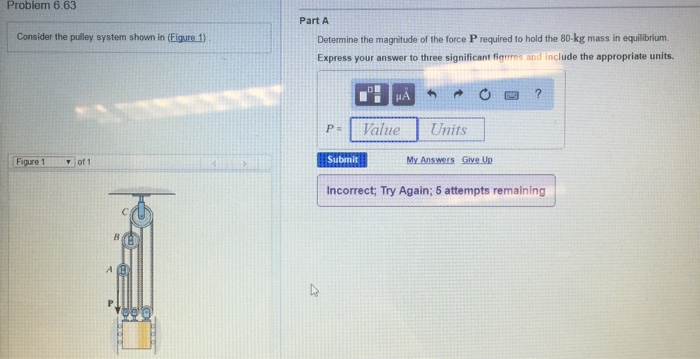

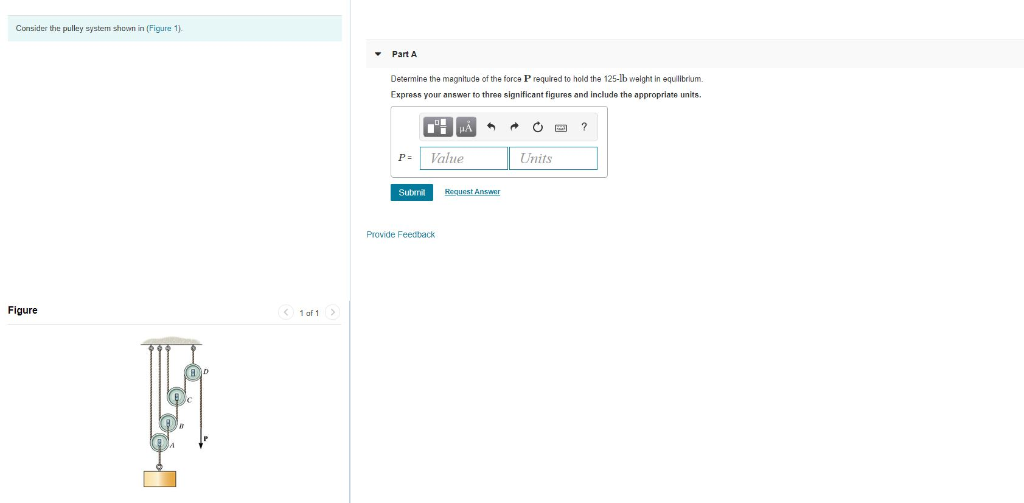


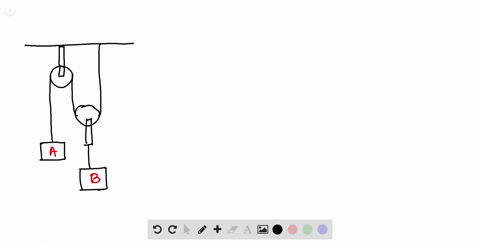

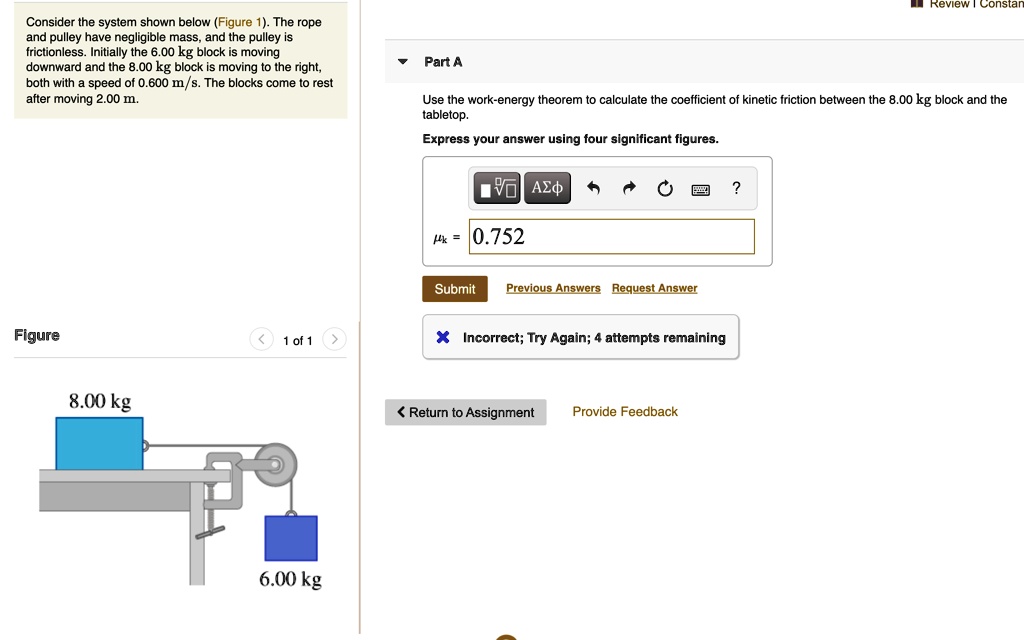

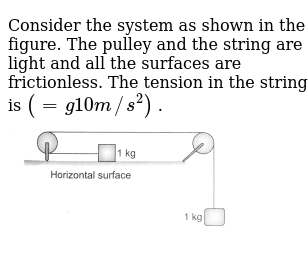



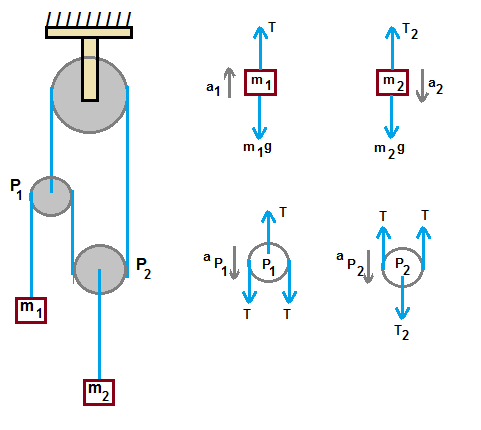


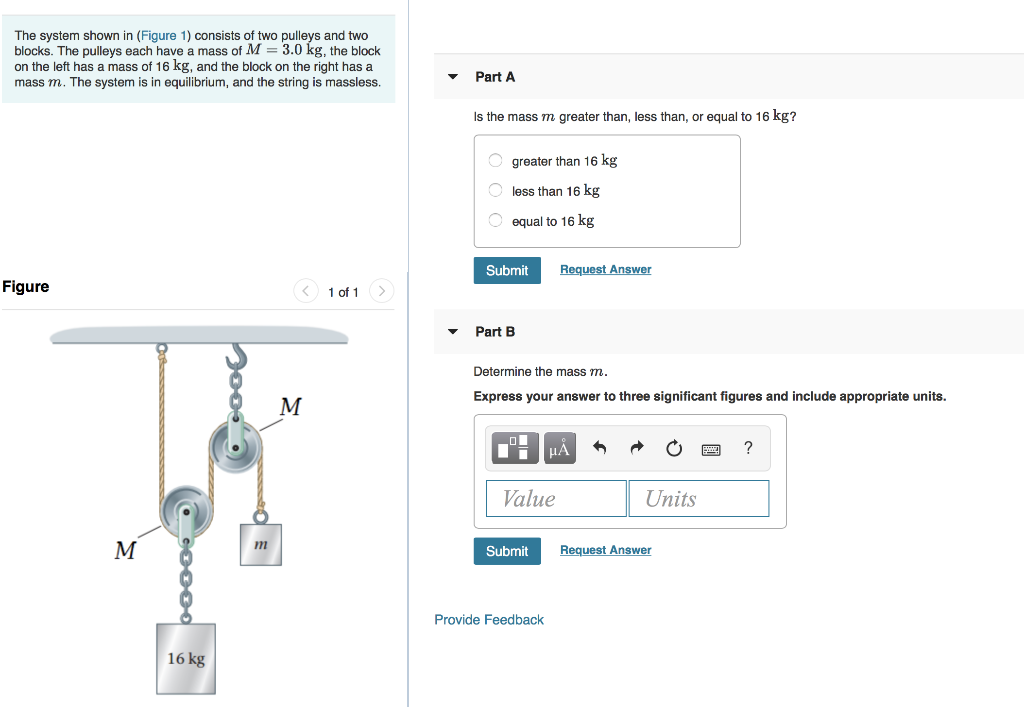



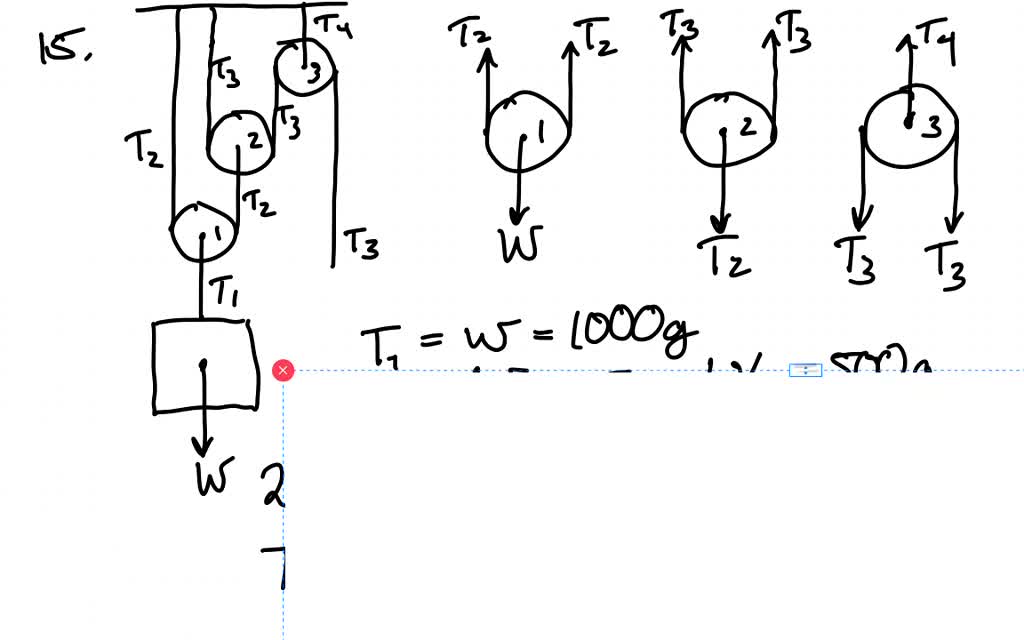
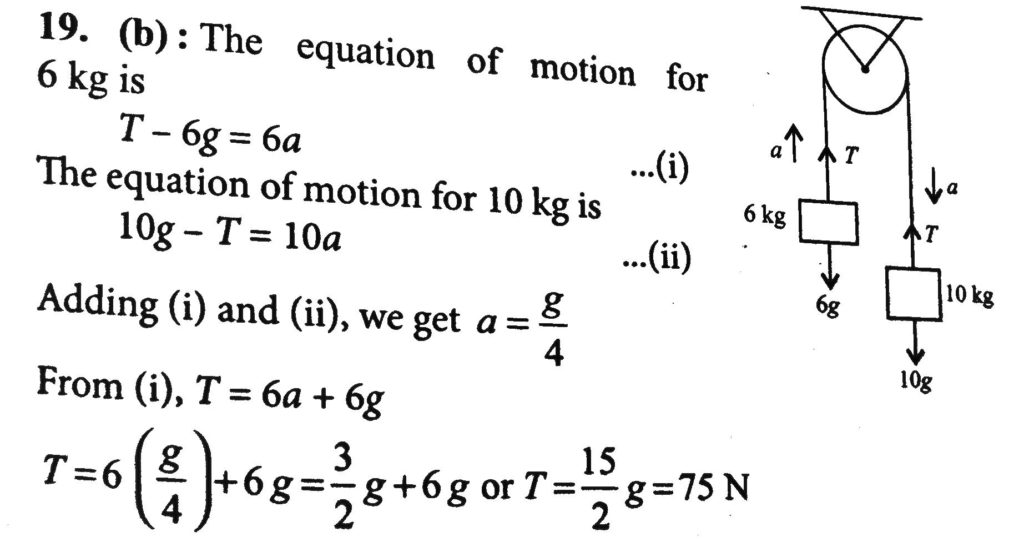

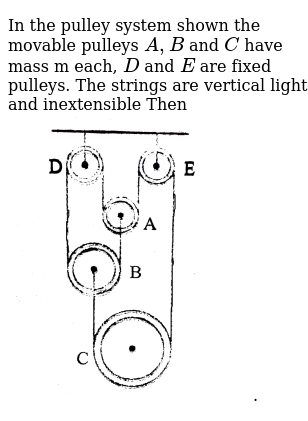


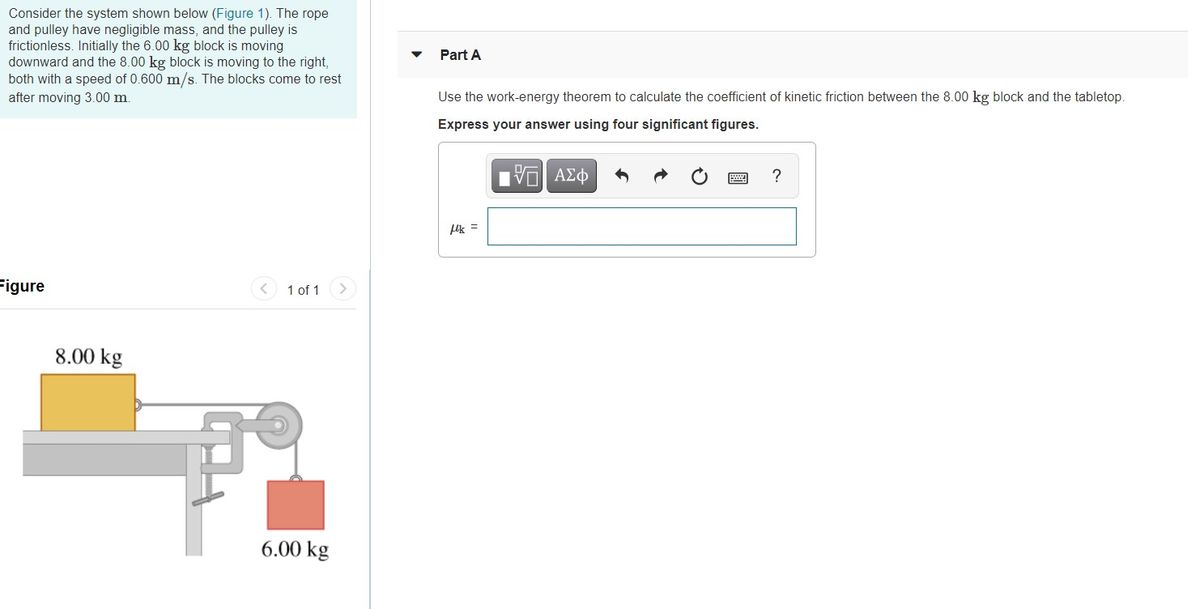





Post a Comment for "Consider The Pulley System Shown In (figure 1)"